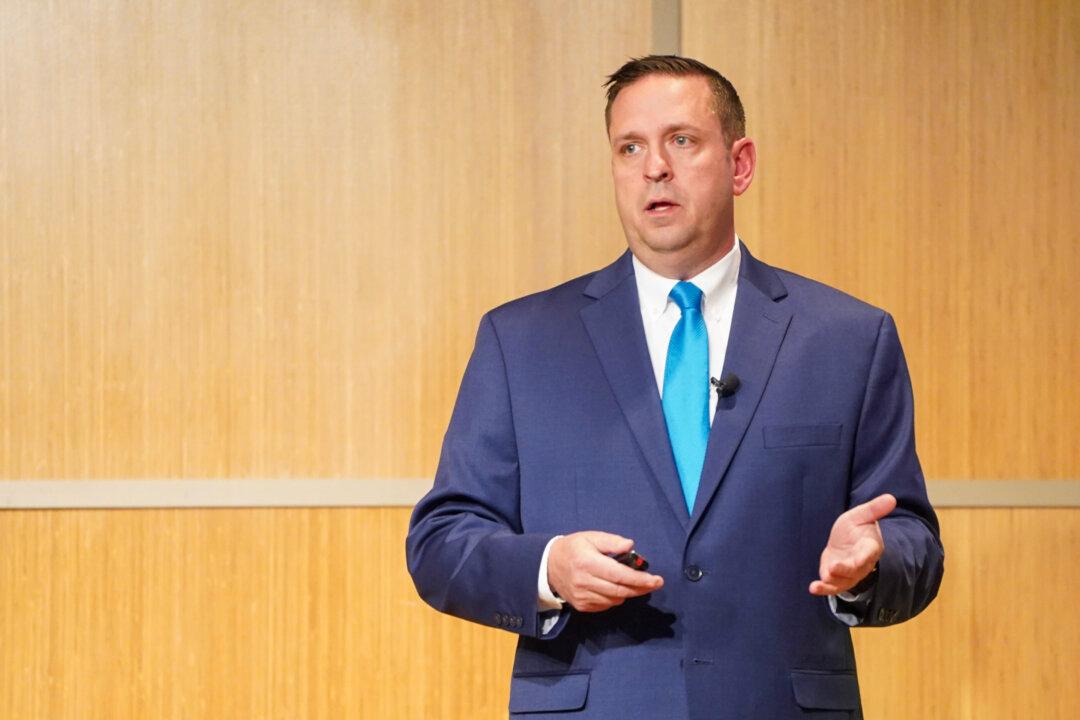Orange County’s designated agency for managing federal transportation money aims to launch several studies to find out how to improve road safety, better coordinate the growth along the 17M corridor, and enhance the county bus system in the coming fiscal year.
Formerly called Orange County Transportation Council, the agency is tasked with planning and coordinating county transportation projects funded by federal dollars.





